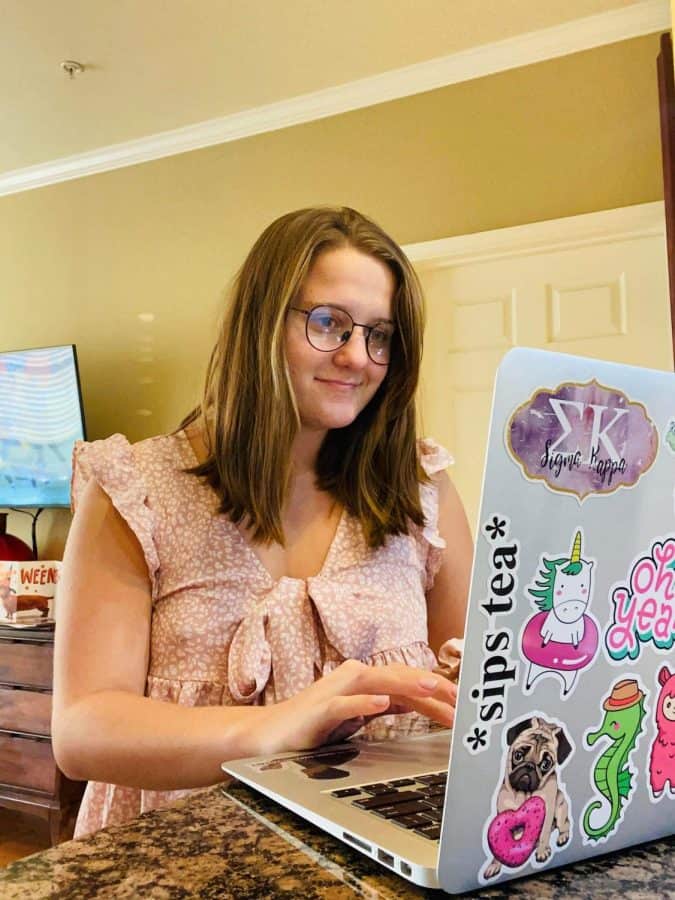Student teachers struggle to navigate hybrid classrooms
October 21, 2020
Students participating in teaching internships and field experiences during the 2020 fall semester are enduring a new set of challenges because of COVID-19.
K-12 students and parents in the area spent the summer wondering how differently the school year would look in the coming fall. At the same time, students in the College of Education wondered if they would be able to go into local schools to teach.
In the College of Education, when students reach their final semester, they participate in a semester long internship. Student teachers report to a teacher in a local K-12 school instead of a college classroom. There they create and teach lesson plans, interact with students and work with their cooperating teacher.
Another type of real-world teaching opportunity for students in the college of education are the field experiences. These require students to complete a certain number of hours at a local K-12 school in addition to their college classes.
Normally students know what to expect when entering these internships or field experiences, but this year is completely different. Due to the coronavirus, many area schools are participating in virtual and in-person learning simultaneously. There are also new rules and regulations about how teachers and students can interact and what personal protective equipment (PPE) is required.
Dakota McCool is a senior majoring in secondary education with a concentration in social sciences. She said some of the biggest changes this year include wearing a mask while teaching, as well as facilitating smaller classes and group work.
“We can do group work, [but it] has to be less than 15 minutes to ensure we limit contact among the students,” McCool said .
McCool is an intern at Hillcrest High School and assists with two 10th grade history classes and two 12th grade economics classes. This fall Hillcrest is offering both in-person and remote learning.
“The average number of in-person students I have this year is around 10,” McCool said.
Mallie McCleland, also a senior, is majoring in elementary education. She is interning in a second-grade classroom at Moundville Elementary School. This school also offers both in-person and remote learning. One of her biggest concerns is whether or not she can meet her internship requirements, because nothing is “set in stone.”
McCool said that while many schools do live video lessons with remote students, her school does not.
“Building rapport with the remote students has been a challenge,” she said.
Half of the students in McCleland’s classroom are remote while the other half have chosen the in-person option. She has not worked with any remote students yet but will start later in the semester.
McCleland said that interacting with her students is also difficult.
“It’s just hard not being able to be close to them and hug them when they come into the classroom,” she said.
Normally, McCleland’s practicums involve many hands-on activities that are not possible during the pandemic. Even playtime is different. Students can’t share toys or books, and they have their own personal boxes.
Adam Lawrence is a first-year graduate student pursuing a masters degree in secondary science education.
“There is a constant feeling that there is just something a little off and that everyone is doing their best to push through,” Lawrence said, noting the atmosphere inside his classroom.
Lawrence is participating in a field experience at Tuscaloosa County High School in a ninth-grade biology class and reports to his assigned school for six to seven hours, three times a week.
While this year has been drastically different for students in the College of Education, McCool is thankful for the support she has received from the teachers and administrators at Hillcrest High School.
“I know learning to be a teacher in such an unusual circumstance seemed daunting to me at first, but I am thankful to be in an environment that has been so encouraging,” McCool said.








